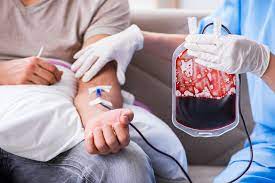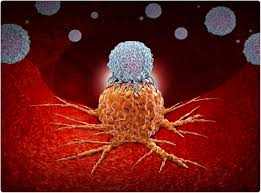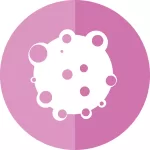A new set of guidelines has been developed to help healthcare professionals manage blood cancers during pregnancy, providing crucial insights into diagnosis, treatment, and care. The updated position statement, published in Lancet Hematology, marks a significant step forward in addressing the increasing number of pregnant women diagnosed with serious blood cancers like acute leukemia and aggressive lymphomas.
Statistics indicate that approximately 12.5 pregnancies per 100,000 are affected by blood cancers, with the incidence rising by 2.7% annually between 1994 and 2013. Experts attribute this increase to several factors, including the trend of women having children later in life, advancements in diagnostic technologies, and increased engagement with healthcare systems.
The Australian working group behind the guidelines emphasizes a multidisciplinary approach to diagnosis and treatment. Lead author Dr. Georgia Mills, from Macquarie Medical School, explains that a cancer diagnosis during pregnancy is not only distressing for the patient but also for their family. She highlights how delays in treatment, communication breakdowns, and inaccurate information can increase the anxiety associated with cancer during pregnancy.
“Patients often experience concerns related to fertility preservation, the impact of treatments on the baby, and a lack of information about breastfeeding and medication risks,” Dr. Mills says. “The new guidelines aim to ensure women receive timely, accurate information and care to promote the best possible health outcomes for both mother and child.”
The guidelines include recommendations on diagnosing and staging blood cancers in pregnancy, managing imaging safely, offering therapies, supportive care, oncofertility, and advising on pregnancy and birth management. They advocate for a balanced approach to treatment, ensuring the health of the mother is prioritized without compromising the safety of the unborn child. Dr. Gisele Kidson-Gerber, the senior author, stresses the importance of a team-based approach, as managing blood cancers in pregnancy presents unique therapeutic challenges.
“The treatment landscape has evolved, and many forms of chemotherapy can be safely administered during pregnancy, even though this may come as a surprise to patients,” says Dr. Kidson-Gerber.
The development of these guidelines incorporated co-design principles, ensuring patient concerns were heard and addressed. One such patient, Victoria Bilsland, shared her experience of being diagnosed with stage 4B nodular-predominant Hodgkin’s lymphoma at 17 weeks of pregnancy. Despite her symptoms, she struggled to get a proper diagnosis, leading to a lack of information about the risks to her health and her baby.
“I was offered multiple terminations without any details on the risks or the cancer’s stage. The process was a rollercoaster of trauma, depression, and anxiety,” says Bilsland, who eventually received appropriate care from a specialized team and delivered a healthy son at 32 weeks.
Bilsland hopes the new guidelines will help prevent such traumatic experiences for other women. “It’s important that doctors are equipped with the right tools to make informed decisions quickly, putting the patient first and reducing unnecessary stress.”
The guidelines have been endorsed by the Society of Obstetric Medicine of Australia and New Zealand and the Hematology Society of Australia and New Zealand, marking a milestone in improving the care and outcomes for pregnant women diagnosed with blood cancers.
For more information, refer to the Position Statement on the Diagnosis and Management of Acute Leukemia and Aggressive Lymphomas in Pregnancy published in Lancet Haematology (2024).
Journal Reference: The Lancet Haematology DOI: 10.1016/S2352-3026(24)00309-0












